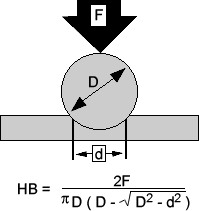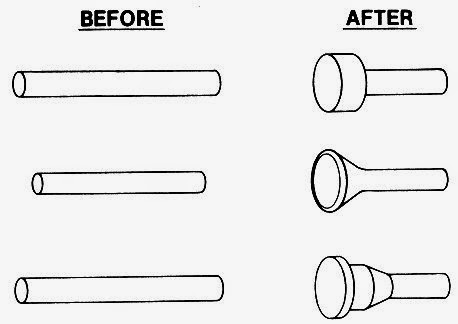The origin on these weapons has to do with the Stevens Arms and Tools Company, founded by Joshua Stevens. He was a well-respected toolmaker, who had worked for Colt, Eli Whitney, Smith & Wesson, Allen and many other American gunmakers of the era, before founding his own firearms company in 1864. The company's first two models were a Pocket Pistol and a Vest Pocket Pistol (a year ahead of Remington's Vest Pocket Pistol model). In 1869, the company produced what it called a "Pocket Rifle". This was largely based on their Pocket Pistol model, except that it had a longer barrel, better sights and a cap on the pistol's grip to accept a detachable shoulder stock made of wire. Like the Pocket Pistol, the Pocket Rifle was also a single shot model.
In 1872, a larger 'New Model Pocket Rifle' was added to handle cartridges up to .32 caliber rimfire cartridge. Shortly after that, a line called the 'Hunters Pet Pocket Rifle' was also introduced that went up to .44 caliber. The shoulder stock was also modified so that it slid into a dovetail cut into the butt of the pistol and a screw on the backstrap.
Public domain image of Stevens Pocket Rifles
Click on the image to enlarge. Public domain image.
The New Model Pocket Rifle (First Issue) was the same basic design as the Old Model Pocket Rifle, but was larger and had a heavier barrel to handle the bigger .32 caliber rimfire cartridge. It became far more popular than the old model and outsold it by a wide margin. It was only manufactured for three years though, between 1872-1875, after which it was replaced by the New Model Pocket Rifle (Second Issue) model, which was sold from 1875-1896
The second issue model mounted the firing pin in the frame rather than the hammer, as a safety feature. In 1887, a version that fired the .22 Long Rifle (also known as .22 LR) rimfire cartridge was manufactured for the first time. The .22 LR cartridge was also invented by the Stevens Arms and Tools Company and is still the most popular cartridge in the world today (almost every major firearm manufacturer in the world has made at least one product that fires .22 LR).
When separated into two pieces (the pocket rifle and the stock), each piece measured between 18 to 24 inches (46-61cm.), which meant they could be stowed in a long coat pocket. Weight of the larger caliber models was around 5 to 5.75 lbs. (2.2 - 2.6 kg.) and the lighter models up to .32 caliber only weighed about 2 - 2.75 lbs. (0.9-1.25 kg.) The barrels were offered in a variety of lengths: 10 inches, 12 inches, 15 inches or 18 inches (25 cm., 30 cm., 38 cm. or 46 cm.)
In the 1880s, advertisements for these guns started to refer to them as "Bicycle Rifles", probably as a marketing tactic to sell them to cyclists of that era, as a light rifle that could be carried for self defense.
An advertisement for a Stevens Bicycle Rifle. Click on the image to enlarge.
They were also offered with carrying cases made of leather or canvas and marketed to hunters as a secondary light rifle, and to fishermen to carry with their fishing equipment.
The nice thing about these compact rifles was that they offered much more range and accuracy than pistols, but were much cheaper than other single shot rifles of that era, while also being much more portable than other rifle models. One Mr. A.C. Gould reported that using a model firing .22 caliber cartridges with an 18 inch barrel, ten shots were placed into a target of 8 inches diameter at 200 yards distance.
After the success of the initial models, other manufacturers also started to make pocket rifles, but Stevens continued to dominate the market until the last model was manufactured during World War I. It must be noted that practically all dealer catalogs of that period that advertised pocket rifles. invariably showed the Stevens brand name. Some larger dealers offered pocket rifles under their own brand, but many of these were actually manufactured by Stevens and marked with the dealer's brand name.
While pocket rifles sold very well in America, they remained a very American invention and never really spread to other countries. While they were light and relatively portable, they were all single-shot models. Their popularity began to decline after semi-automatic and fully-automatic weapons became more common.



























